I found last week’s opinion piece in TurfPro by Stephen Fell on the trend of No Mow May to be most interesting.
I have known Stephen for well over 25 years, having first met him in my role of editor, to talk about his turf growing business, Lindum Turf. Based in North Yorkshire, the company boasts that they grow a range of turf products on stone-free, sandy loam soils to “rigorously high, certified standards.”
Having read his comments on No Mow May, I am personally inclined to agree with several points Stephen has made.
The principal fact that I most strongly advocate, is that only leaving the grass to grow long for the four weeks of May is not going to establish a plethora of wild flowers.
You can re-read what Stephen said in full on our website, but his conclusion on the majority of British lawns left to grow out for a month is, “they simply get longer and stragglier while trying to put up seed heads.” This he says, is “not a pretty sight” and crucially leads to “no biodiversity increase at all.”
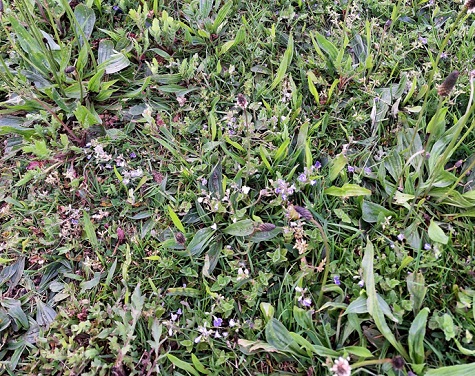
For me, attitudes have changed greatly in recent years in regard of lawn care. It seems that apart from a few die-hard amateurs and dedicated professionals, many people do very little to their lawns other than cut them on a weekly-to-two weekly cycle. Most lawns I now see are full of weeds and rogue grasses.
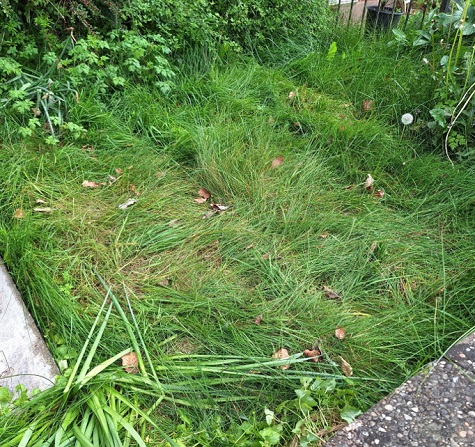
The days of the well stripped, weed free lawns are slowly diminishing. I believe this is in large part to people not having the time, resources and knowledge to produce the perfect lawn.
What is a perfect lawn?
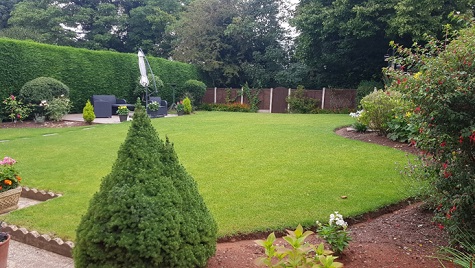
A perfect lawn is subjective and can vary depending on personal preferences and cultural norms. Generally, a perfect lawn is one that is well-maintained, healthy, lush, and green. It should have uniform grass coverage, be free from weeds, pests, and diseases, and have a smooth, even texture.
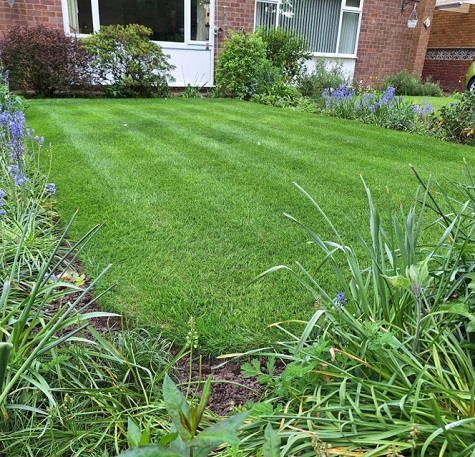
Achieving a perfect lawn often requires regular mowing, watering, fertilising, and pest control. Proper lawn care practices, such as aerating, dethatching, and overseeding, may also be necessary to keep the lawn in top condition. Ultimately, what constitutes a perfect lawn may differ from person to person, but it typically reflects a well-cared-for and visually appealing outdoor space.
There are plenty of lawn books that give advice on achieving a decent lawn. One of the best I have read is The Lawn Guide written by turf consultant, Phillip Sharples.
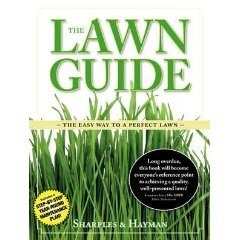
However, people’s perceptions of a perfect lawn have also changed greatly in the last ten years. The fact is people have very little spare time and generally see the job of looking after the lawn as a chore. So, in many cases, the lawn gets very little attention other than a weekly or fortnightly mowing.
For me the best lawn areas are ones that have a wide range of cutting heights and management regimes - like how golf courses are presented these days, with finely manicured greens and tees with areas of fringing rough, semi rough and permanent rough, plus wildflower areas.
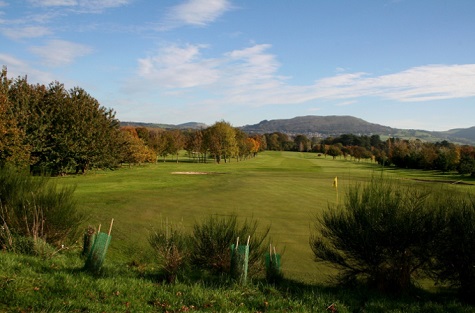
Returning to Stephen’s main point that there would be no significant biodiversity gains in not mowing the grass for a month and then cutting it back down to a regular mowing height, the only way you will achieve a beneficial rewilding area is committing to a longer-term strategy.
It is all about selecting the right location and carrying out the necessary ground preparations to provide the right environment for the scheme to be successful.
Use the margins of a lawn to produce a full wildflower effect, which can be achieved via a wildflower turf or by sowing wildflower seeds. Or, for those who want to go a step further, replacing a lawn with a species-rich turf that includes a blend of hardy grasses and wildflowers to create a truly biodiverse area.
Rewilding is an ecological concept and conservation strategy that aims to restore and conserve natural ecosystems by reintroducing native species, restoring natural processes, and protecting large wilderness areas. The goal of rewilding is to increase biodiversity, restore ecological balance, and create resilient landscapes that can sustain themselves over time.
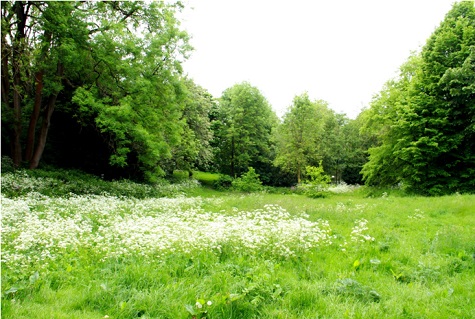
Key components of rewilding include:
Species reintroduction: This involves reintroducing species that have been extirpated (locally extinct) from an area, often due to human activity. By reintroducing these species, the natural balance of ecosystems can be restored.
Habitat restoration: Rewilding often involves restoring degraded habitats to their natural state. This can include activities such as reforestation, wetland restoration, and removing invasive species.
Ecological processes: Rewilding aims to restore natural ecological processes, such as predation, herbivory, and seed dispersal, which play crucial roles in maintaining ecosystem health and functioning.
Connecting wilderness areas: Creating corridors between fragmented wilderness areas allows for the movement of species, promoting genetic diversity and facilitating natural ecosystem processes.
Reducing human impact: Rewilding also involves reducing or mitigating human impacts on ecosystems, such as minimising habitat destruction, pollution, and overexploitation of resources.
Overall, rewilding seeks to create self-sustaining ecosystems that can support a wide range of native species and provide ecosystem services to both wildlife and humans.
As with any form of rewilding scheme it involves a lot of time and effort to ensure it achieves its objectives.
In recent years we have seen a plethora of turf suppliers developing a range of wildflower and perennial seed mixes and modified wildlflower turf products. These have driven the popularity of creating wildflower areas. Which as we all know, has been beneficial for pollinating insects and increasing biodiversity.